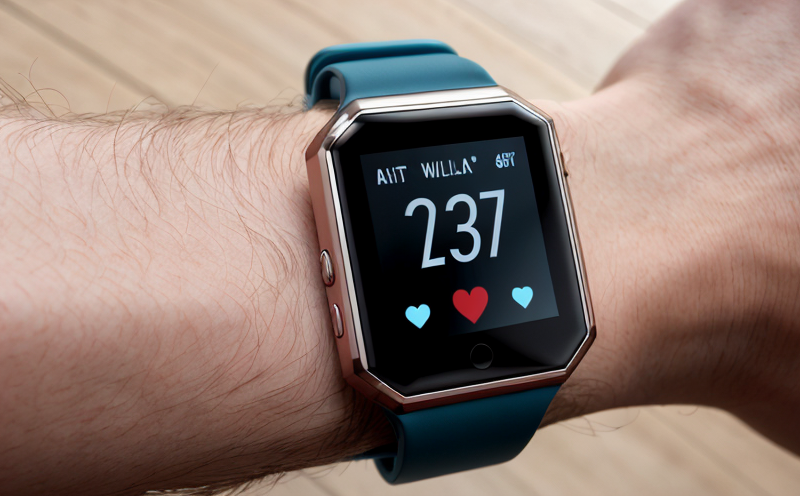ISO 80601-2-61 Pulse Oximeter Wearable Device Testing
The ISO 80601 series is a set of international standards designed to ensure the safety and performance of medical devices. Among these, ISO 80601-2-61 specifically addresses the essential requirements for the safety and performance of pulse oximeters, which are crucial medical devices used in monitoring blood oxygen saturation levels.
Pulse oximetry is a minimally invasive method that uses light-emitting diodes (LEDs) to measure the amount of oxygenated hemoglobin in arterial blood. Pulse oximeters are widely utilized in hospitals, clinics, and even at home for continuous monitoring of patients, especially those with respiratory conditions or undergoing anesthesia.
In this service, we specialize in conducting comprehensive testing according to ISO 80601-2-61, ensuring that wearable pulse oximeter devices meet the stringent safety and performance criteria set by the standard. This includes assessing various aspects such as signal quality, accuracy of measurement, patient comfort, and device durability.
Our team of experts employs state-of-the-art instrumentation to simulate real-world usage conditions for these devices, including a range of ambient temperatures, lighting conditions, and patient motion. We also conduct thorough validation tests to ensure that the pulse oximeters meet all relevant performance criteria specified in ISO 80601-2-61.
The testing process begins with careful preparation of the test specimens—ensuring each device is fully charged and calibrated according to manufacturer specifications. Once ready, we subject these devices to rigorous testing protocols that mimic actual clinical use scenarios. This involves measuring signal strength under various conditions, assessing accuracy against reference methods, evaluating patient comfort through user surveys, and ensuring durability through accelerated aging tests.
Throughout the process, our dedicated team monitors every parameter meticulously, recording all data points for detailed analysis later on. After completing these evaluations, we generate comprehensive reports detailing each device’s performance against ISO 80601-2-61 requirements. These reports serve not only as evidence of compliance but also provide valuable insights into potential areas for improvement.
| Application Area | Description |
|---|---|
| Hospital Monitoring | Pulse oximeters are commonly used in hospitals to monitor patients during surgery, critical care units, and emergency departments. |
| Home Care Settings | Certain models of pulse oximeters can be used at home by individuals who require continuous monitoring for conditions like chronic obstructive pulmonary disease (COPD). |
| Emergency Response | In emergency response situations, portable pulse oximeters are essential tools for rapid assessment of oxygen levels in patients. |
Customer Impact and Satisfaction
Our commitment to excellence in ISO 80601-2-61 testing ensures that our clients can trust their wearable pulse oximeter devices meet the highest standards of safety and performance. By providing accurate, reliable results based on rigorous scientific methods, we help ensure patient safety while maintaining operational efficiency for healthcare providers.
Through careful preparation and execution of each test, we strive to exceed expectations by delivering detailed reports that not only demonstrate compliance but also offer actionable insights into device optimization. This approach fosters long-term partnerships built on mutual trust and respect.
International Acceptance and Recognition
- The United States Food and Drug Administration (FDA) accepts ISO standards as part of its regulatory framework for medical devices.
- The European Union's Medical Device Regulation (MDR) requires conformity to certain ISO standards, including ISO 80601-2-61.
- Many other countries around the world use or reference these international standards in their own regulations and guidelines for medical devices.





